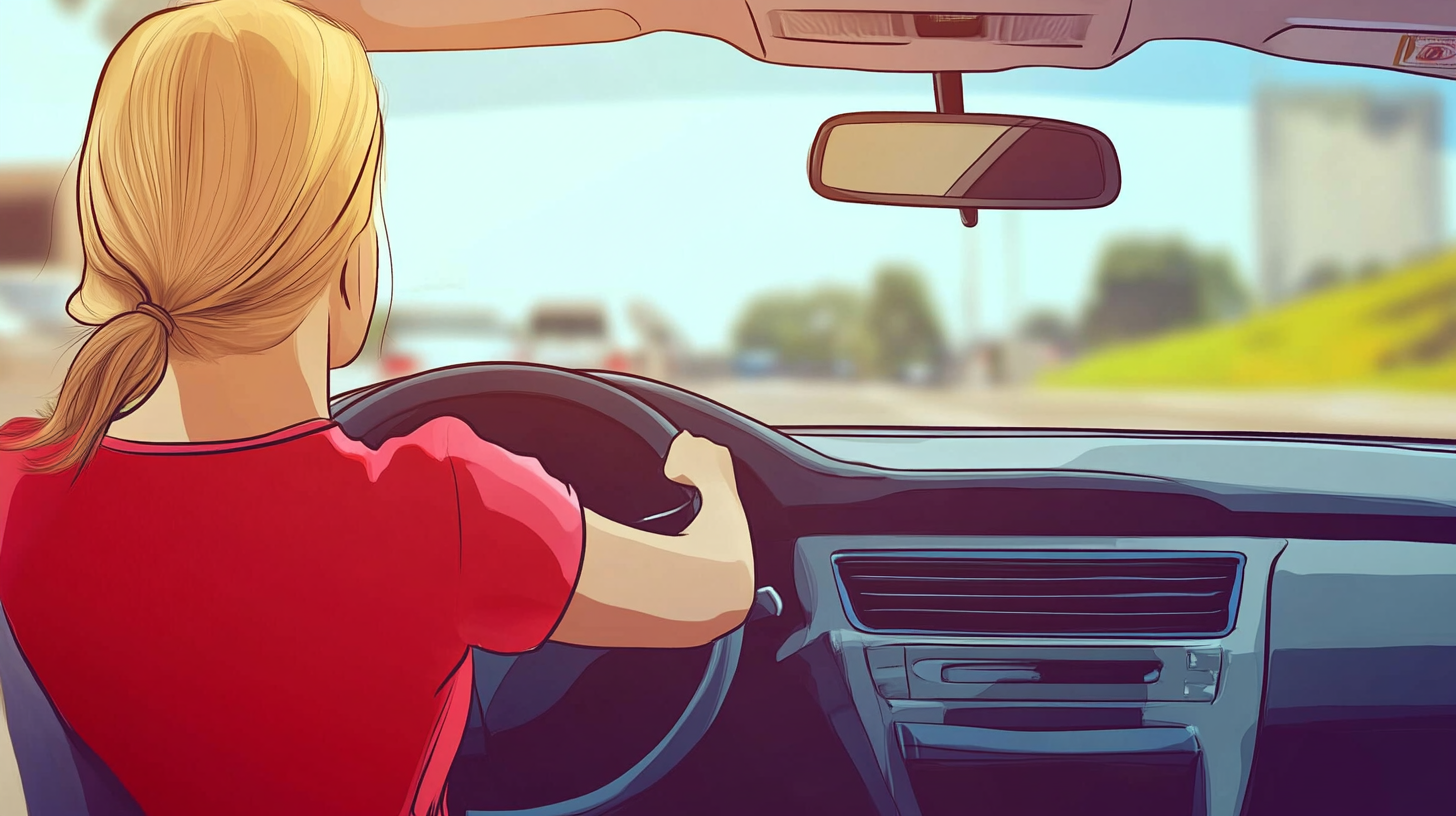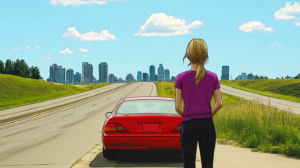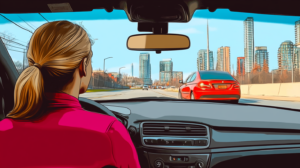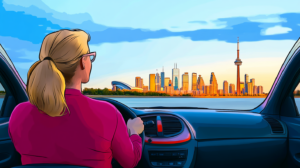
Every new driver looks forward to those memorable road trips. A quick journey across the province with your family or friends sounds like a great idea, but while you hold a G1 licence, you must be content with the passenger seat.
In southern Ontario, 400-series freeways extend across the region. They are part of the King’s Highway, which is the primary highway network of this province.
With 0.55 fatalities per 10,000 licensed drivers, these roads are the second-safest on the North American continent.
That’s why beginners cannot usually drive on these roads with a G1 licence, but there is one exception. We’ll explore the other restrictions in detail, but first, let’s have a look at our province’s roads.
Why You Should Avoid the Highway
Ontario has 16,900 kilometres of roads, ranging from busy highways to dirt roads in isolated places.
The maximum speed limit on 400-series highways is 130 km/h, which is too fast for a beginner driver. Their inexperience might cause struggles with lane changing, a lower reaction time, and difficulty maintaining a safe speed and distance from the car ahead.
One restriction of a G1 licence stops its holder from entering a 400-series highway, but there is one exception. If a professional driving instructor is in the passenger seat, the student can drive on a highway under their guidance.
While this restriction applies to all 400-series highways within Ontario, some specific roads also prohibit driving on them.
For example, the Queen Elizabeth Way, Don Valley Parkway, and the Gardiner Expressway in the Greater Toronto area are off-limits for those with a G1 licence. The same restriction also applies to the Row Expressway in Windsor and the Conestoga Parkway in Kitchener-Waterloo.
G1 Restrictions
Until you reach the freedom a full G licence gives you, you must adhere to a few special rules as a driver with a G1 licence.
Everyone must respect them because they were created to keep you and other drivers safe. Authorities are strict about these limits, so you shouldn’t drive recklessly, thinking you’ll get a pass the first time they stop you. You won’t. If you violate these restrictions, you may be subject to a 30-day licence suspension in addition to any penalties for the specific offence.
Being aware of the consequences will keep many drivers from committing mistakes when they get behind the wheel. To check and catch up on this subject, here’s a free demerit points test that tests your knowledge of what happens after certain traffic violations.
Take a look at the other restrictions applied to a G1 licence and memorize them thoroughly.
0% Alcohol Blood Level
If you’re going to a party, you’d better leave the car at home. All G1 drivers must be completely sober while driving, meaning 0% alcohol in their system.
This severe violation could have you facing fines, licence suspension, vehicle impoundment, mandatory participation in an alcohol education or treatment program, and a requirement for an ignition interlock device, so it’s just not worth it. Even a light cider might cause a low alcohol concentration in your blood, making it illegal for you to operate a vehicle.
No Driving at Night
We get it—those night drives are unforgettable. You’ll experience them once you obtain a G2 licence, but for now, driving between midnight and 5 a.m. is forbidden.
This rule was implemented because new drivers are most likely to cause an accident due to fatigue and low visibility conditions.
An Experienced Driver in the Front Seat
Have you ever wondered what would happen if a beginner driver with a G1 licence panics behind the wheel, gets suddenly overwhelmed and cannot continue to drive? Our fears will go away with time as we gain more experience. Until then, it’s always better to have someone ready to take the wheel when things go wrong.
That’s why you are not allowed to drive a car by yourself with a G1 permit. You must have a passenger with a full G licence and at least four years of driving experience. The maximum blood alcohol level in Ontario is .05%, so they must also adhere to this rule.
Regardless of who called “shotgun” first, they get the privilege of the front seat, so they can act quickly if you make a mistake.
All Passengers Must Wear a Seatbelt
Everyone in your vehicle must wear a seatbelt, including you. This rule applies to all drivers regardless of their licence, and it is your responsibility to ensure that all passengers wear one.
Like a captain is responsible for his ship, a driver is responsible for their vehicle and everyone who gets in it. Never transport more passengers than the number of seat belts in the car.



